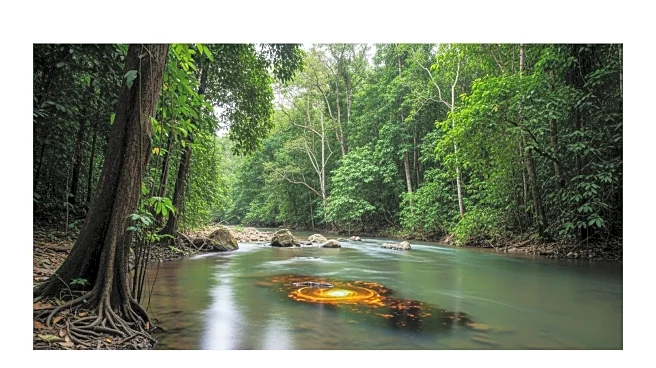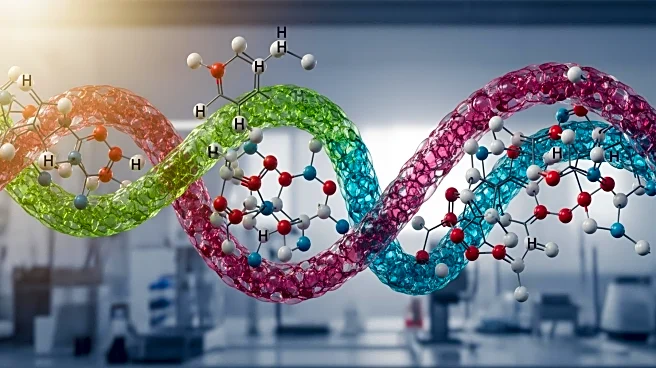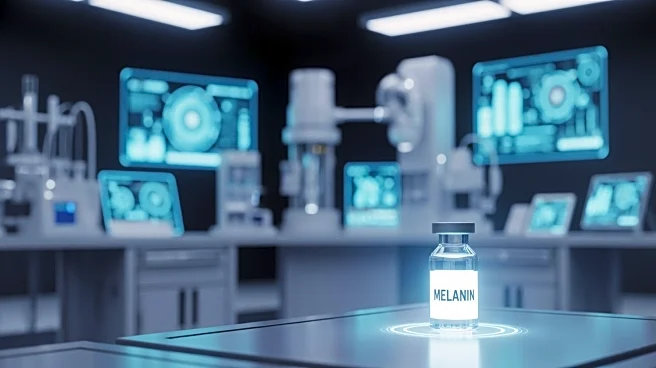What's Happening?
A new pyridine-thiazole hybrid adsorbent, MPHT 4, has been synthesized for the removal of methylene blue from water. The compound was created through a one-pot reaction involving pyridine carbaldehyde,
thiosemicarbazide, and phenacyl bromide. Characterization of MPHT 4 confirmed its structure and potential as an adsorbent. The material demonstrated high efficiency in removing methylene blue, achieving a maximum removal efficiency of 86.7% under optimal conditions. The adsorption process was found to be pH-dependent, with the best results at neutral pH. The study also explored the kinetics and thermodynamics of the adsorption process, indicating that MPHT 4 could be a viable solution for wastewater treatment.
Why It's Important?
The development of MPHT 4 is significant for environmental management, particularly in addressing water pollution. Methylene blue is a common dye pollutant, and effective removal methods are crucial for maintaining water quality. The high efficiency and reusability of MPHT 4 make it a promising candidate for large-scale applications in wastewater treatment facilities. This innovation could lead to more sustainable and cost-effective solutions for managing industrial effluents, benefiting both the environment and public health.
What's Next?
Further research may focus on scaling up the production of MPHT 4 and testing its effectiveness in real-world wastewater treatment scenarios. Investigating its performance with other pollutants could broaden its application scope. Additionally, exploring the economic feasibility and environmental impact of using MPHT 4 in industrial settings will be crucial for its adoption. Collaborations with environmental agencies and industries could facilitate the integration of this technology into existing water treatment systems.











